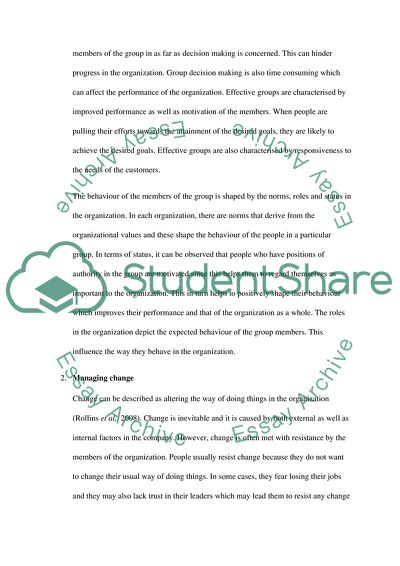Cite this document
(Psychology of Team Working Assignment Example | Topics and Well Written Essays - 1250 words - 1, n.d.)
Psychology of Team Working Assignment Example | Topics and Well Written Essays - 1250 words - 1. https://studentshare.org/psychology/1805795-exam-paper
Psychology of Team Working Assignment Example | Topics and Well Written Essays - 1250 words - 1. https://studentshare.org/psychology/1805795-exam-paper
(Psychology of Team Working Assignment Example | Topics and Well Written Essays - 1250 Words - 1)
Psychology of Team Working Assignment Example | Topics and Well Written Essays - 1250 Words - 1. https://studentshare.org/psychology/1805795-exam-paper.
Psychology of Team Working Assignment Example | Topics and Well Written Essays - 1250 Words - 1. https://studentshare.org/psychology/1805795-exam-paper.
“Psychology of Team Working Assignment Example | Topics and Well Written Essays - 1250 Words - 1”. https://studentshare.org/psychology/1805795-exam-paper.


